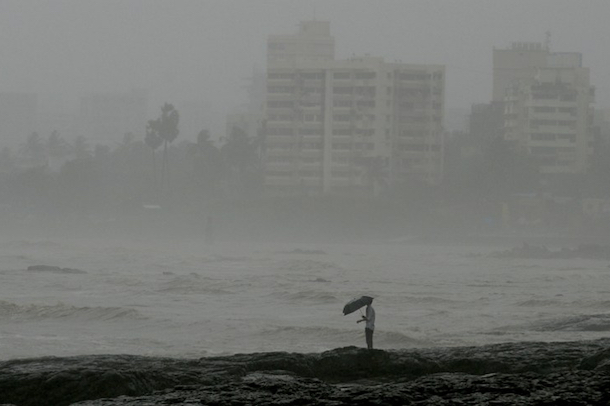
Climate Migration is a New Age Crisis
On average, one person is displaced each second by a disaster-related hazard. In global terms, that’s about 26 million people a year.
Most move within their own countries, but some are forced across international borders. As climate change continues, more frequent and extreme weather events are expected to put more people in harm’s way.
In the Pacific region alone, this year’s Cyclone Winston was the strongest ever to hit Fiji, destroying whole villages. Last year, Cyclone Pam displaced thousands of people in Vanuatu and Tuvalu – more than 70% of Vanuatu’s population were left seeking shelter in the storm’s immediate aftermath.
However, future human catastrophes are not inevitable. The action – or inaction – of governments today will determine whether we see even greater suffering, or whether people movements can be effectively managed.
Human Impact
International law does not generally regard people displaced by disasters as refugees, and national responses are ad hoc and unpredictable, resulting in protection gaps.
However, on July 1, a landmark new intergovernmental initiative kicked off: the Platform on Disaster Displacement. Led by the governments of Germany and Bangladesh, and with Australia as a founding member, it addresses how to protect and help people displaced by the impacts of disasters and climate change, one of the biggest humanitarian challenges of the 21st century.
The Platform does not merely envisage responses after disasters strike, but also policy options that governments can implement now to prevent future displacements.
For instance, if effective building codes are put in place and enforced, then people will be safer. If disaster warning systems are installed, then people will have time to get themselves out of harm’s way.
The provision of prompt and adequate assistance after a disaster can also reduce longer-term, secondary migration. In a study of displacement following severe floods in Bangladesh, it was found that people who felt adequately assisted and compensated were less likely to move on.

The Platform on Disaster Displacement succeeds the Nansen Initiative on Disaster-Induced Cross-Border Displacement, led by Switzerland and Norway from 2012–15. Through its groundbreaking work, there have been huge leaps and bounds in global understandings about how people move in anticipation of, or in response to, disasters, and what kinds of proactive interventions can help to avoid displacement – or at least avert some of its negative consequences.
The Nansen Initiative’s chief outcome was the Protection Agenda, which provided a toolkit of concrete policy options and effective practices that governments can implement now, both to avert displacement where possible, and to protect and assist those who are displaced.
Strategies such as disaster risk reduction and climate change adaptation can help to mitigate against displacement if disaster strikes. Temporary, planned evacuation can provide a pathway to safety and emergency support.
Implementing long-term, sustainable development projects can enhance community resilience over time, creating new labour opportunities and technologies, and building capacity for self-help.
Governments also need to develop more predictable humanitarian and temporary stay arrangements to assist those displaced across a border after a disaster. They also need to ensure that those displaced internally have their needs addressed and rights respected.
Facilitating migration away from at-risk areas can open up opportunities for new livelihoods, skills, knowledge and remittances, at the same time as relieving demographic and resource pressures.

